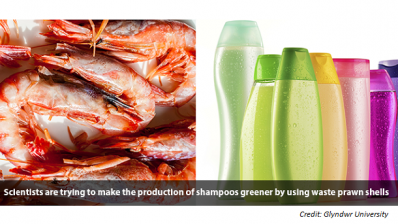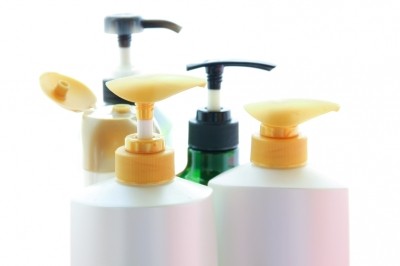EU project to develop 'first' cosmetic packaging with nanoparticles

The Technological Institute of Plastic, AIMPLAS, and the AINIA Technological Centre will work on this initiative over the next year to ‘develop more sustainable and competitive packaging’, and ultimately add these nanoparticles to bioplastics to evolve cosmetics packaging production.
The institutes, backed and financed by the Valencian Institute of Business Competitiveness, say that their initial research has already proved that nanoparticles (nanoclay) give plastics advanced properties.
According to the group's initial studies, nanoparticles - specifically 'nanoclay' has already been found to give plastics advanced properties, such as higher gas barrier and better mechanical and thermal properties.
"Furthermore, it is no longer necessary to use additives and charges because of this improved new material high efficiency. The number of layers and the quantity of raw materials used in the manufacturing of packaging might also be reduced, resulting in costs saving," the team of researchers say.
Europe's investments in more sustainable packaging..
Back in 2008, the EU's Sixth Framework Research Programme invested €19m in a four year project comprised of 35 partners from 13 countries, representing packaging research associations, academia and industry.
The purpose of 'Sustainpack' was to establish fibre-based packaging as the dominant player in the packaging area within a decade. This was achieved by applying nanotechnology solutions to deliver lean and added value fibre-based packaging options for users and consumers.
Five years before that, packaging suppliers had been introducing various forms of biodegradable packaging, based on projections that consumers and recycling regulations would be driving demand for environmentally-friendly packaging.
Sheffield Hallam has also been working with nanoclay particles, which are expected to significantly improve the barrier properties and mechanical strength of the new biopolymer films and coatings.
"One of the more unusual modifiers that we are using to make the nanoclays more compatible with, and disperse throughout the biopolymer films, to effectively repel water molecules is a molecule called chitosan, which is derived from the shells of crustaceans, such as crabs and lobsters," says researcher Chris Breen.
















